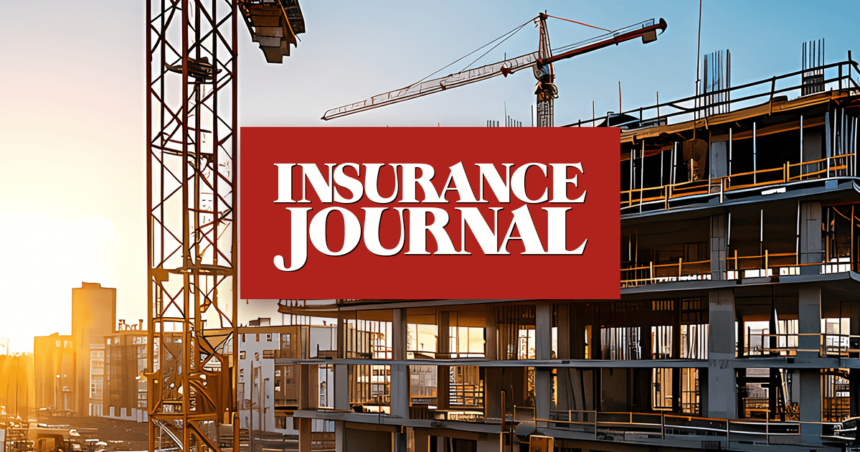Builders’ Risk Insurance for Residential Construction
Builders’ risk insurance is crucial for residential construction projects, acting as a safety net in the event of unforeseen events like fire or natural disasters. Specific risks often vary by geographic location — earthquakes are a primary concern in California, while hurricanes are more significant along the Texas coast.
What sets PCF Construction apart is our attention to the unique risks of different geographies. Many insurance brokers are not specialized in the construction industry, which can leave gaps in coverage. For example, some brokers set limits on a per-project basis, not taking into account important aspects such as soft costs, model home coverage, and home and inventory coverage. Simply having insurance is not enough. It is important to address these specific gaps. That is what our specialty programs aim to do.
Another factor to consider is the role of lenders. Financial institutions and lenders require builders risk insurance for construction loans. This requirement applies whether the project is a luxury custom home or a large residential development. Therefore, understanding the intricate details of builders risk insurance is not just a checklist item, it’s a requirement, and this is where our programs are focused.
Market Adaptation to Imbalances in Carrier Capacity and Project Starts
The insurance market is adapting to the challenge between insurer capacity and large construction projects. For home builders, the risk is usually spread across multiple homes, so insurers can set limits per home. This “rolling builder’s risk” approach suits large residential undertakings.
But larger projects, especially those over $25-30 million, are a different story. Coverage options are limited and costs are skyrocketing. Such projects often require tiered insurance programs involving multiple insurers or rely on surplus insurance from a single insurer. Preliminary estimates of insurance costs can be two to three times higher than originally budgeted. These high costs are driven not only by the risk of major losses, but also by associated costs such as lost revenue and interest payments on loans. As a result, insurers are turning more to reinsurance, driving up costs across a range of lines of insurance, including auto.
To further complicate things, construction costs have doubled over the past five years and large projects often exceed insurance limits, resulting in increased reliance on surplus lines and volatile market conditions.
Regional Complexity of Construction Insurance
The construction insurance landscape is shaped by a variety of factors, including regional risks. One major concern is the limitations of builders’ risk insurance coverage. For example, insurers are increasingly limiting coverage for flooding through exclusions or increased deductibles. Additionally, in Florida, insurers often limit or exclude coverage for wind and hail, despite the state’s high construction activity and associated high risks. Meanwhile, in California, wildfire coverage is frequently excluded due to the state’s vulnerability to such disasters.
But these coverage limitations are not the only regional challenge affecting the industry. Region-specific risks, such as hurricanes in Florida and wildfires in California, heavily influence underwriting decisions. Sophisticated systems are deployed to evaluate these risks down to the address, determining not only rates but also what is and isn’t included in coverage. The regulatory environment adds an additional layer of complexity. For example, delays in rate filings in California have forced many insurers to withdraw from the state.
Recommended Resources for Accurate Information on Construction Insurance
Choosing the right broker is important when seeking accurate, customized construction insurance information. A broker’s competency is more important than the reputation of the insurance company. While competition is encouraged to get the best deals, expertise in the construction industry is essential to navigate complex risks and market trends. Industry-specific associations such as the American General Contractors Association (AGC) also provide valuable insight. Therefore, when selecting an agent, it is essential to find someone who has a deep understanding of construction risks and current market conditions, especially during challenging times.
For example, PCF Construction has a division that started out in warranty work but has since specialized in the construction sector. Their approach is geared towards understanding the complexities of construction risks and the fluctuations of market trends. This specialization is a great advantage in navigating the complexities and challenges of construction insurance. So, when choosing an agent, look for someone who has a deep understanding of the risks and trends specific to the construction industry, not just general insurance knowledge.
Choosing the right insurance partner
The complexities of construction insurance require more than a general understanding of insurance – it requires a specialized approach that takes into account the unique challenges and risks of this industry.
Our strength lies in our ability to customize insurance solutions to fit the unique needs of each project with a focus on region-specific risks. Whether it’s navigating the complexities of large-scale projects, understanding the impact of regional disasters like earthquakes in California or hurricanes in Texas, or navigating the changing landscape of insurance regulations, PCF Construction provides a valuable service.
By partnering with us, you can have peace of mind knowing that not only will your project be properly protected, but you’re working with experts who can save you time, stress, and money. With PCF Construction, we don’t just insure your project, we protect it with the detailed understanding and expert attention it deserves.








